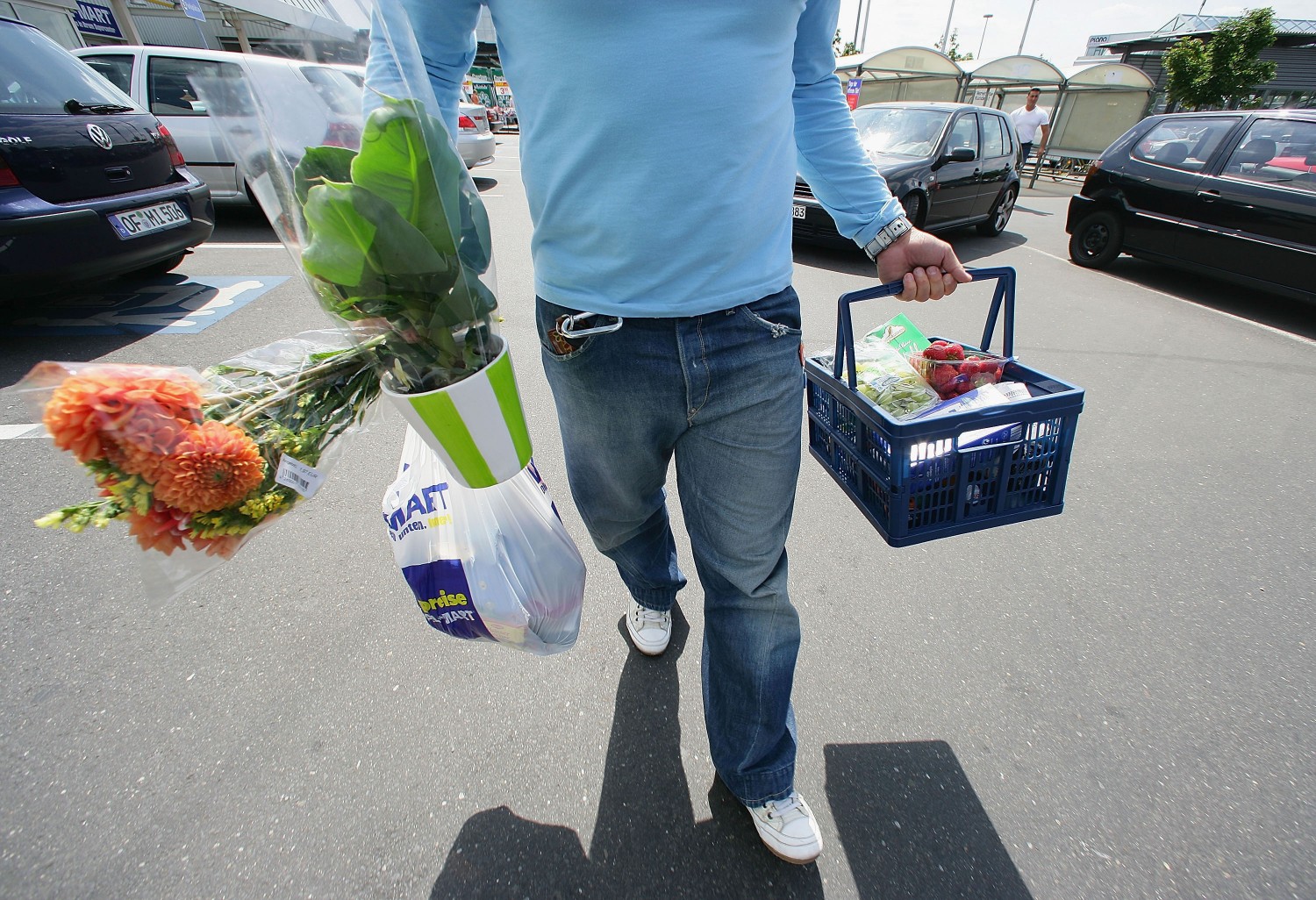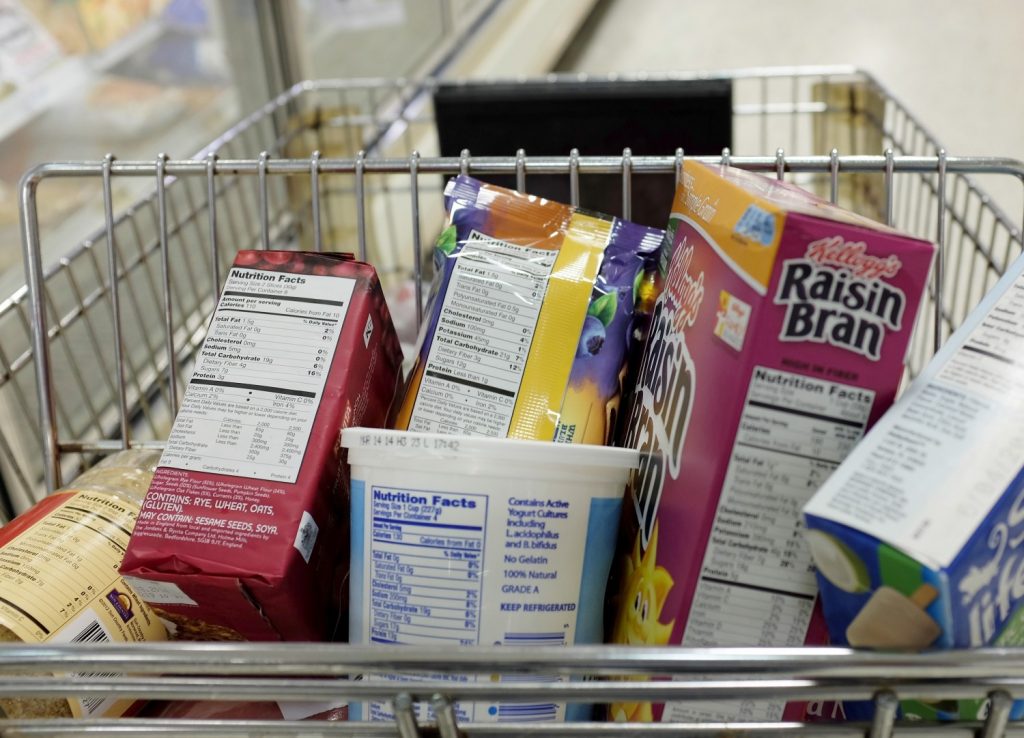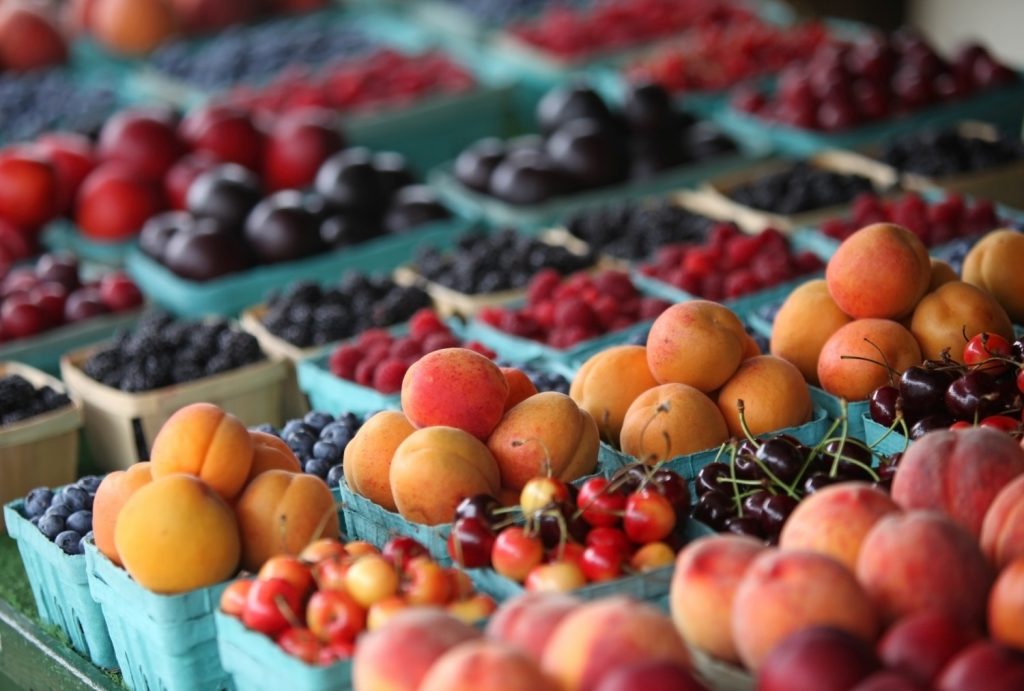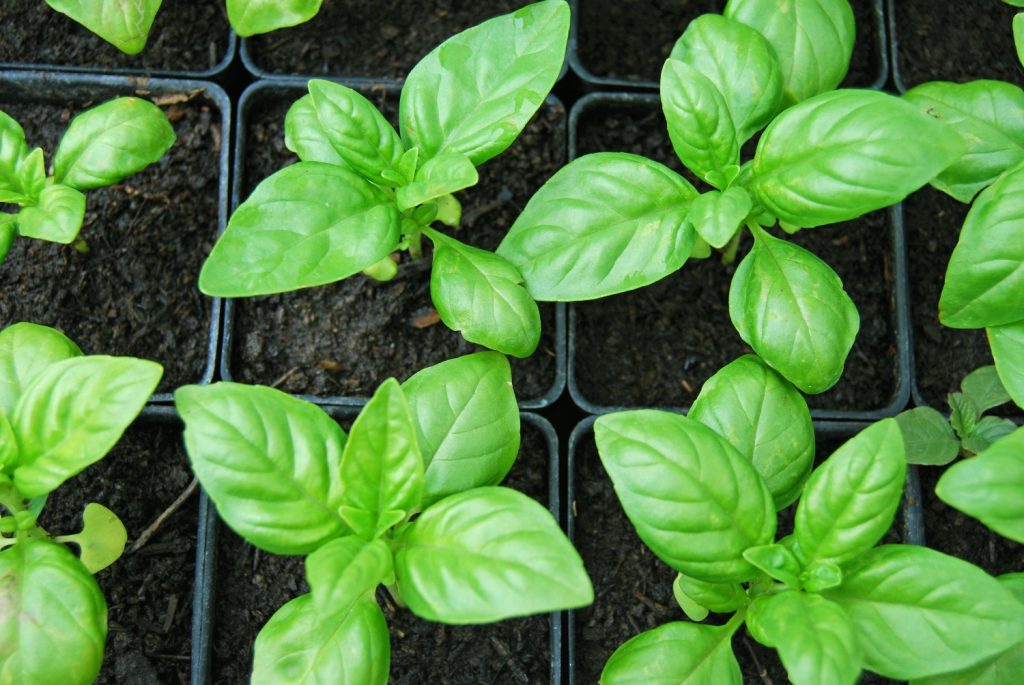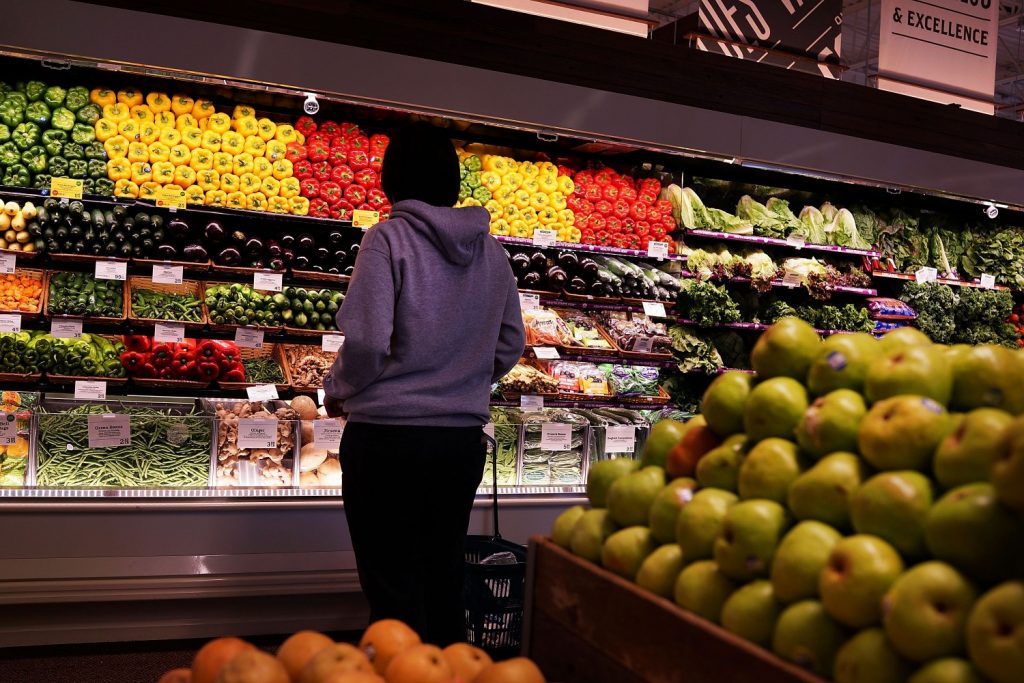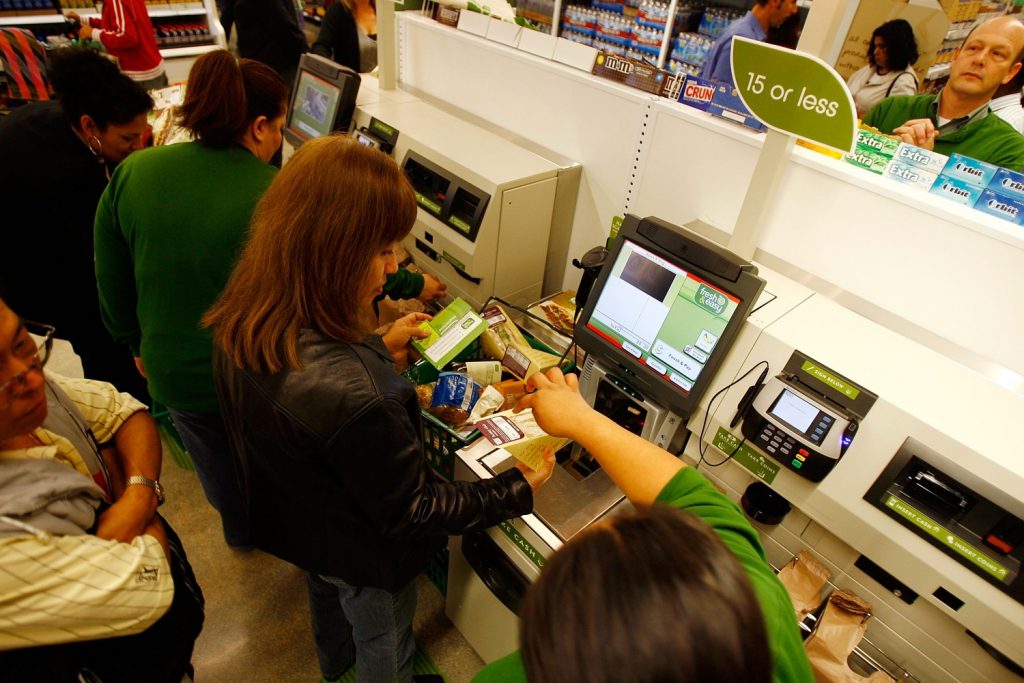Want to trim some fat from your grocery bill?
On average, American families spend more than $150 a week on groceries if children are in the household and nearly $100 without kiddos. That figure may have even increased this year, with the pandemic shuttering restaurants and grocery prices posting their highest annual increase in a decade.
Before we get into the mistakes you might be making at the grocery store though, we owe you a pat on the back. If you routinely make your meals at home, you’re definitely saving money over the people who eat out most days. In 2019, the U.S. Census Bureau found that people were spending more of their budget eating at restaurants than ever before.
So, if you’re cooking most meals at home, you’re being smart with your cash, but there might be more you could be doing to save on those groceries. Here are seven common mistakes you might be making at the grocery store — and some easy fixes that could save you money.
1. You Assume Healthy Equals Expensive
Your mind could be playing a trick on you at the grocery store. Research published in the Journal of Consumer Research found that our subconscious often associates healthy with expensive, which causes shoppers to not just spend more but also make some uninformed decisions when it comes to which foods are actually good for you. Scientists refer to it as the “healthy = expensive intuition” and you might have fallen for this if you have ever scooped up a box of granola bars because they were dubbed the “the healthiest bars.”
Do some comparison shopping by checking the nutrition labels and comparing like products and their prices. Apps like ShopWell and Fooducate will scan groceries and give them nutrition scores.
2. You Think Coupons Are Old-School
If you loathe the idea of clipping coupons on a sunny Saturday morning, know this: Most grocery stores now have digital coupons that you can easily load onto your phone. Still hate the idea of couponing? Do a little “reverse couponing.” When you get those grocery fliers in the mail, meal plan around what’s on sale. This is one of my favorite hacks.
Say there’s a great sale on pork or strawberries, I’ll do a search on my favorite recipe sites (I’m a huge fan of Skinnytaste) to pull up recipe ideas that I can make with the sale items.
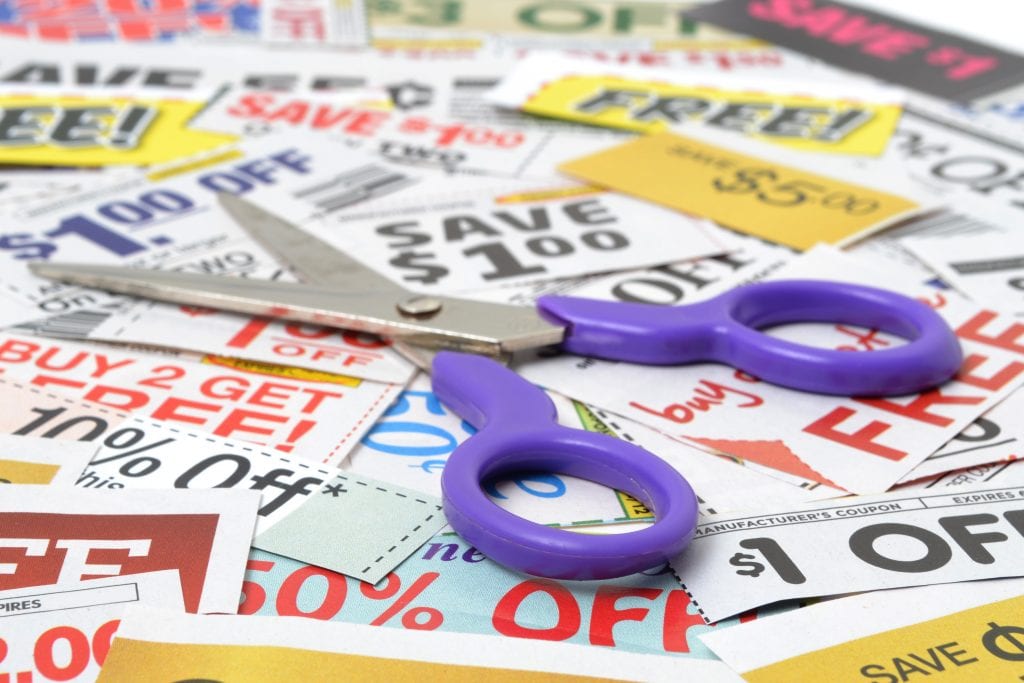
3. You’re Shopping Out Of Season
When you shop for foods that are in season, locally, you’ll save a huge amount of money. (Translated: You’re not paying for that food to be shipped in from afar — so, this is a win for Mother Earth, too!) Plus, in-season food is the tastiest because it’s at peak flavor. To find out what’s in season each week in your location, check out EatTheSeasons.com.
4. You’re Buying Pre-Packaged Herbs
Fresh herbs can make over a meal and add a punch of flavor. But if there’s one thing that can add a quick $5 to your grocery bill, it’s those little sealed packages of herbs in the produce section — a total bummer if you just need a couple tablespoons for a recipe. You can save yourself a lot of money all year if you instead buy a few herb plants when the weather starts to warm.
Every spring, I buy at least a basil plant for about $4 at Trader Joe’s and I snip from it almost every night when I’m making dinner, adding a garnish to tomato soup or giving extra flavor to a chicken-and-veggie sheet-pan meal. I also usually have thyme and mint plants on hand so that I can make pestos and chimichurri throughout the summer. In the winter, you can even freeze your herbs in ice cube trays and defrost the cubes one at a time for dinner.
5. You’re Buying Spices The Wrong Way
Let’s say that new recipe you’re trying out calls for a teaspoon of rosemary or some other spice that’s not on you rack and that you don’t routinely use. Instead of buying a whole bottle of it, hit up the bulk bin at your store and buy just the amount you need.
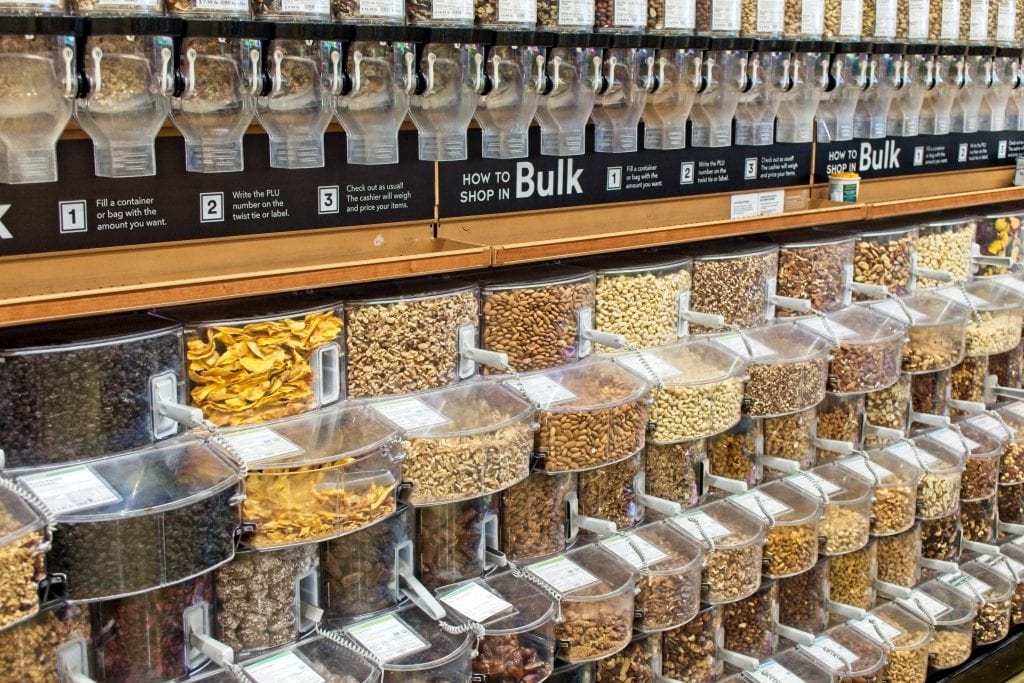
6. You’re Shopping While Hungry
Yup, you’ve heard this one before. But there’s actually some science behind it. A 2008 study that was published in the Journal of Consumer Research found that when people are hungry, they tend to spend more at the grocery store, even if they’re on a tight budget. Another study shows hungry shoppers buy more high-calorie foods.
7. You’re Using the Regular Checkout Line
The checkout line at the grocery store is an obstacle course in itself. It’s loaded with sweets, tantalizing magazines and travel-sized odds and ends that probably aren’t on your grocery list. We’re talking candy bars, gum, lip balm and single-serving drinks. You’re better off steering your cart to the self-checkout area.
Using the self checkout lowered impulse buys by 32 percent among women and 17 percent among men, according to a study from IHL Group, a research firm.
